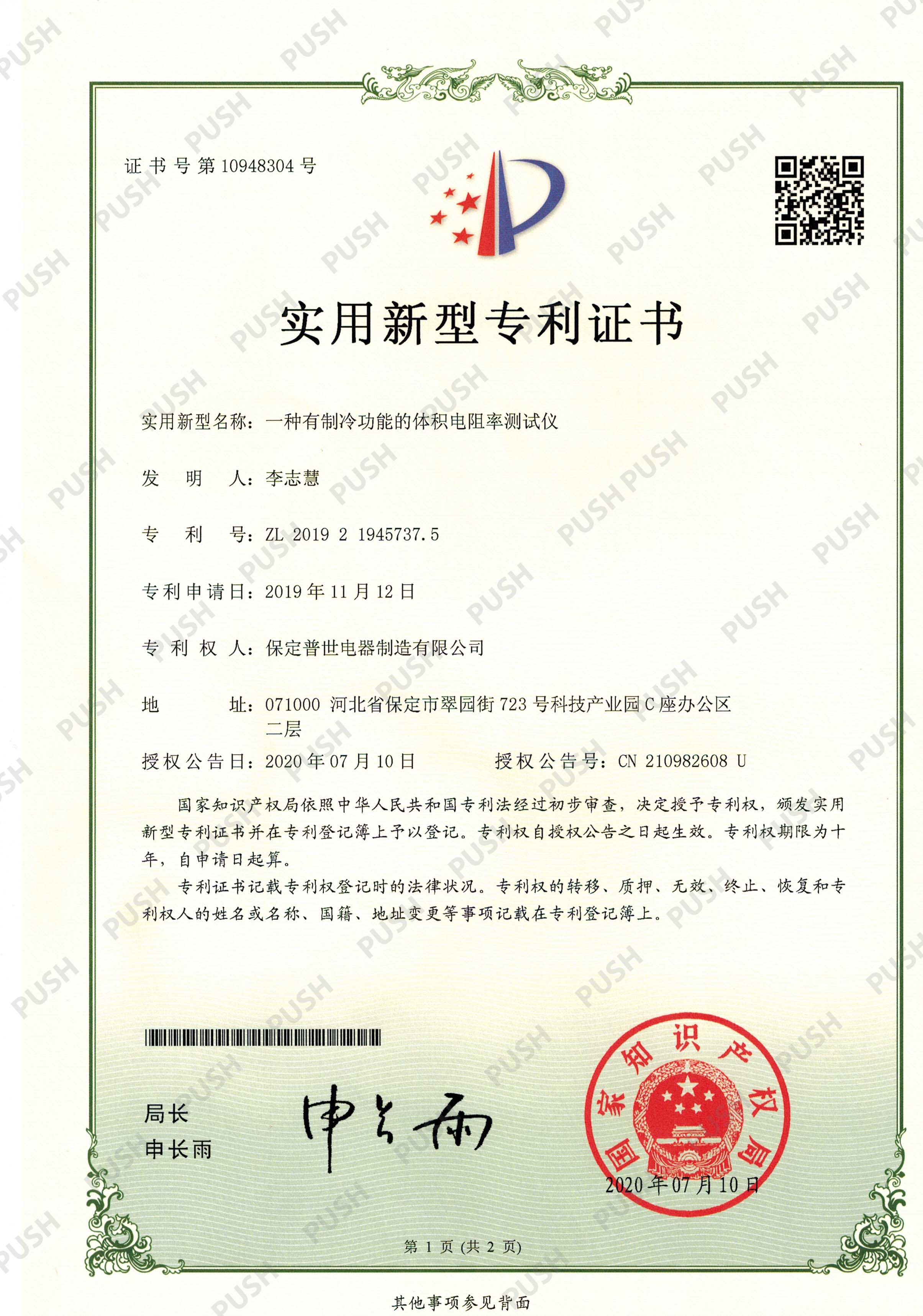 English
English



-
 Afrikaans
Afrikaans -
 Albanian
Albanian -
 Amharic
Amharic -
 Arabic
Arabic -
 Armenian
Armenian -
 Azerbaijani
Azerbaijani -
 Basque
Basque -
 Belarusian
Belarusian -
 Bengali
Bengali -
 Bosnian
Bosnian -
 Bulgarian
Bulgarian -
 Catalan
Catalan -
 Cebuano
Cebuano -
 China
China -
 China (Taiwan)
China (Taiwan) -
 Corsican
Corsican -
 Croatian
Croatian -
 Czech
Czech -
 Danish
Danish -
 Dutch
Dutch -
 English
English -
 Esperanto
Esperanto -
 Estonian
Estonian -
 Finnish
Finnish -
 French
French -
 Frisian
Frisian -
 Galician
Galician -
 Georgian
Georgian -
 German
German -
 Greek
Greek -
 Gujarati
Gujarati -
 Haitian Creole
Haitian Creole -
 hausa
hausa -
 hawaiian
hawaiian -
 Hebrew
Hebrew -
 Hindi
Hindi -
 Miao
Miao -
 Hungarian
Hungarian -
 Icelandic
Icelandic -
 igbo
igbo -
 Indonesian
Indonesian -
 irish
irish -
 Italian
Italian -
 Japanese
Japanese -
 Javanese
Javanese -
 Kannada
Kannada -
 kazakh
kazakh -
 Khmer
Khmer -
 Rwandese
Rwandese -
 Korean
Korean -
 Kurdish
Kurdish -
 Kyrgyz
Kyrgyz -
 Lao
Lao -
 Latin
Latin -
 Latvian
Latvian -
 Lithuanian
Lithuanian -
 Luxembourgish
Luxembourgish -
 Macedonian
Macedonian -
 Malgashi
Malgashi -
 Malay
Malay -
 Malayalam
Malayalam -
 Maltese
Maltese -
 Maori
Maori -
 Marathi
Marathi -
 Mongolian
Mongolian -
 Myanmar
Myanmar -
 Nepali
Nepali -
 Norwegian
Norwegian -
 Norwegian
Norwegian -
 Occitan
Occitan -
 Pashto
Pashto -
 Persian
Persian -
 Polish
Polish -
 Portuguese
Portuguese -
 Punjabi
Punjabi -
 Romanian
Romanian -
 Russian
Russian -
 Samoan
Samoan -
 Scottish Gaelic
Scottish Gaelic -
 Serbian
Serbian -
 Sesotho
Sesotho -
 Shona
Shona -
 Sindhi
Sindhi -
 Sinhala
Sinhala -
 Slovak
Slovak -
 Slovenian
Slovenian -
 Somali
Somali -
 Spanish
Spanish -
 Sundanese
Sundanese -
 Swahili
Swahili -
 Swedish
Swedish -
 Tagalog
Tagalog -
 Tajik
Tajik -
 Tamil
Tamil -
 Tatar
Tatar -
 Telugu
Telugu -
 Thai
Thai -
 Turkish
Turkish -
 Turkmen
Turkmen -
 Ukrainian
Ukrainian -
 Urdu
Urdu -
 Uighur
Uighur -
 Uzbek
Uzbek -
 Vietnamese
Vietnamese -
 Welsh
Welsh -
 Bantu
Bantu -
 Yiddish
Yiddish -
 Yoruba
Yoruba -
 Zulu
Zulu
digital insulation tester use
The Use of Digital Insulation Testers
In the realm of electrical engineering, ensuring the safety and functionality of electrical installations is paramount. One critical tool that facilitates this process is the digital insulation tester, also known as a megohmmeter. This device is essential for assessing the integrity of electrical insulation in various components, including wires, cables, and motors.
What is a Digital Insulation Tester?
A digital insulation tester is an instrument designed to measure the resistance of electrical insulation. Unlike traditional analog testers, digital insulation testers offer greater precision, easier reading, and more features, such as data storage capabilities. This tool applies a high voltage to the insulation layer and measures the resistance, usually expressed in megohms.
Importance of Insulation Testing
Insulation testing is crucial for several reasons. Firstly, it helps prevent electrical failures, which can lead to hazardous situations such as electrical shorts or fires. Insulation degradation over time can occur due to various factors, including moisture, heat, chemical exposure, and mechanical stress. Regular testing of insulation integrity can detect potential issues before they escalate into serious problems.
Secondly, insulation testing is fundamental for maintaining compliance with safety regulations and standards. Various industries must adhere to strict electrical safety codes, and using a digital insulation tester can assist in meeting these requirements.
How to Use a Digital Insulation Tester
digital insulation tester use

Using a digital insulation tester is relatively straightforward
. Here are simple steps to guide users through the process1. Preparation Ensure the circuit or device being tested is de-energized and disconnected from power sources. Safety is paramount, so always follow lockout/tagout procedures.
2. Select Voltage Depending on the application, choose the appropriate test voltage on the device. Commonly used test voltages range from 250V to 1000V.
3. Connect Probes Attach the tester probes to the insulation (one to the conductor and the other to the grounded part of the device). It is essential to ensure proper contact for an accurate reading.
4. Perform Test Activate the tester to apply voltage. Observe the readings displayed on the digital screen. Typically, a reading of 1 megohm or higher is considered acceptable; lower values indicate potential insulation failure.
5. Record and Analyze Data Document the readings for future reference and analysis. Consistent monitoring over time can help identify trends that may indicate deterioration.
Conclusion
Digital insulation testers are invaluable tools in maintaining electrical safety and efficiency. By providing accurate measurements of insulation resistance, they help mitigate risks associated with electrical failures. Regular testing not only ensures compliance with safety standards but also enhances the longevity and reliability of electrical systems. Consequently, incorporating the use of a digital insulation tester in routine maintenance practices is essential for any professional in the electrical field.
-
Ensuring SF₆ Gas Safety: Introducing PUSH’s Integrated SF₆ Analyzer for Dew Point, Purity, and Decomposition MonitoringNewsJul.10,2025
-
Exploring the Main Types of Industrial Endoscopes and Their Applications Across IndustriesNewsJul.04,2025
-
Testing Equipment Industry Sees Major Advancements in 2025: Smart & Precision Technologies Lead the WayNewsJun.06,2025
-
Applications of Direct Current Generators in Renewable Energy SystemsNewsJun.05,2025
-
Hipot Tester Calibration and Accuracy GuidelinesNewsJun.05,2025
-
Digital Circuit Breaker Analyzer Features and BenefitsNewsJun.05,2025



